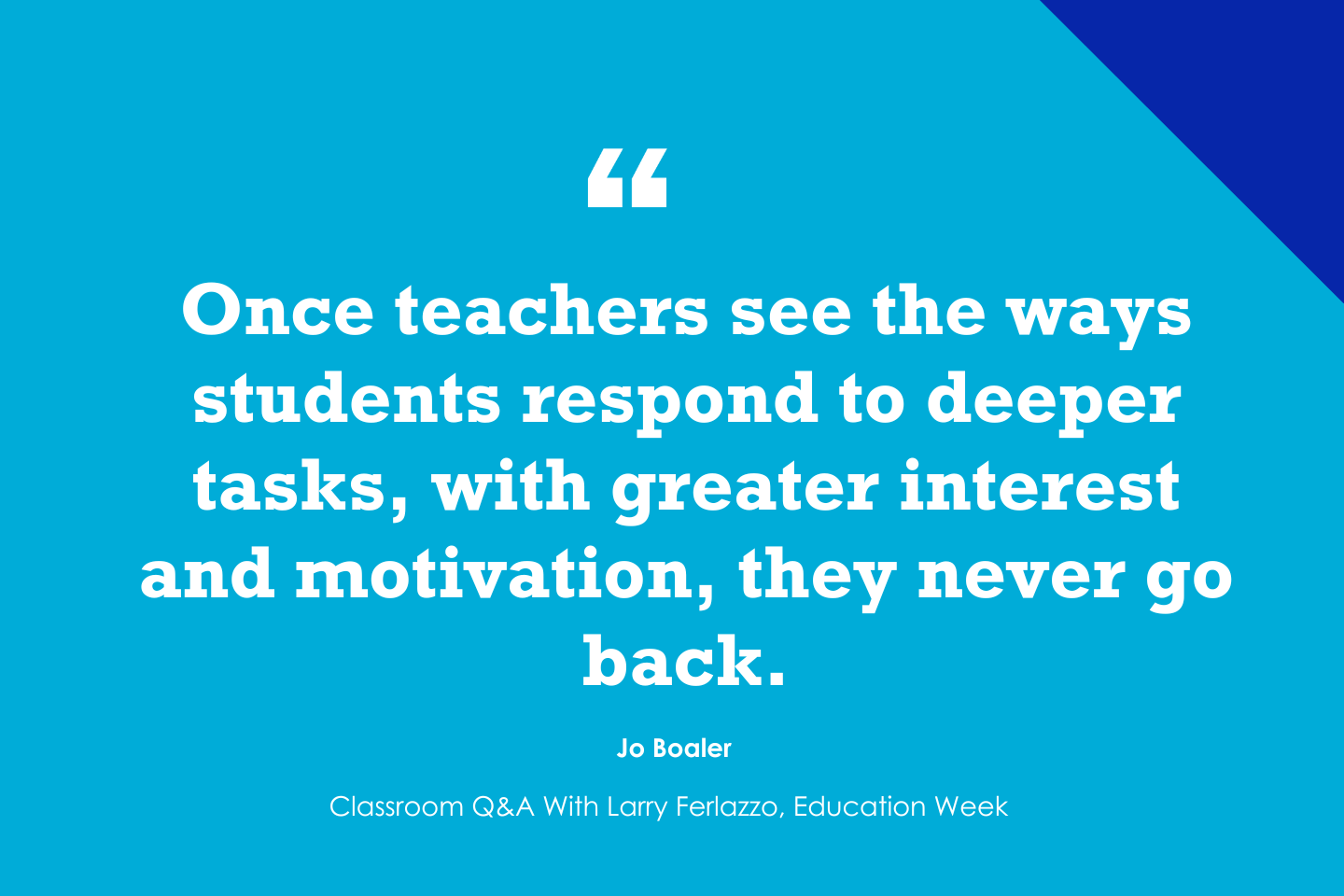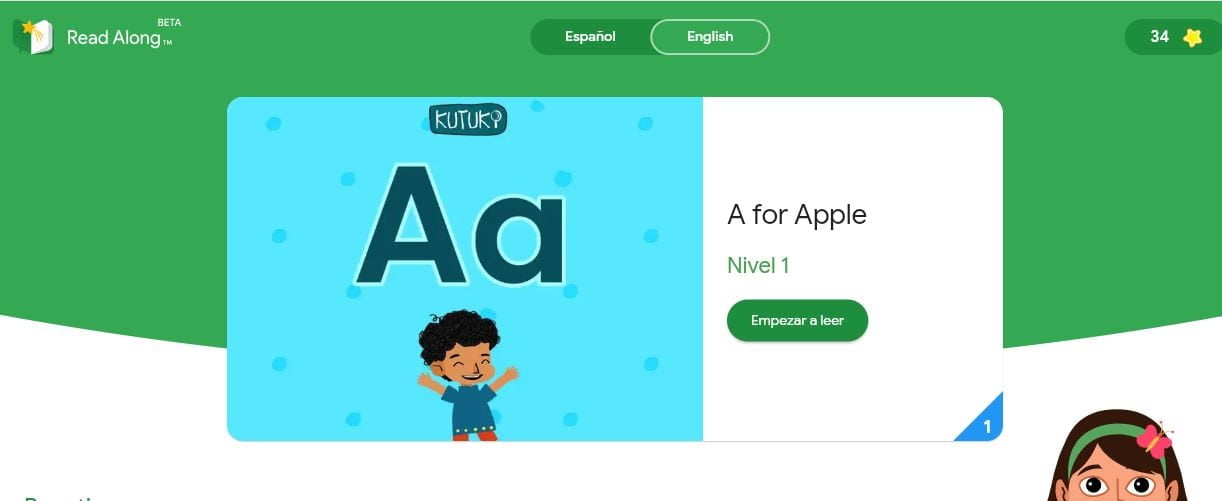The professional world in educator certification and Educator Preparation Programs (EPP) has changed since the omnipresent technological advances that have invaded almost every aspect of life. The expectations of pre-service teachers and aspiring school administrators have a new focus that includes educator retention and artificial intelligence (AI). Educator retention is a pertinent concern because many novice teachers are leaving the profession within the first three years, and new administrators are finding it difficult to stay in a profession that doesn’t support all educators and students. Therefore, retention and AI may not seem to go together, but as school districts across the country are battling a weakening educator workforce due to shortages and lack of retention, AI may be the key to helping educators want to stay in the education profession longer.
Technology and Artificial Intelligence
Technology is not new, but technology apps and programs are continuously being created to help unburden educators and make their jobs easier and duties more efficient. Through the educator certification program courses within an EPP, AI is the perfect place to learn what works, what is most useful, and what can ensure the success of both students and educators. AI can become the tool that helps novice educators feel more confident and gain credibility quicker compared to their veteran counterparts, which can mean feeling better about staying in the education field longer. For example, through AI, students in our EPP are learning how to write more scholarly, which helps them communicate more effectively with their professors, EC-12 students that they work with, and other educators. AI tools, such as ChatGPT and AI Tone Rewriter, have helped them learn how to write diplomatically, get their words across in a professional manner, and how to write persuasively.
Additionally, our EPP students have learned how to be better delivery instruction, which helps them feel more successful. For example, our pre-service teachers are learning how to use AI programs, such as Mizou and Reading Coach to create lesson plans, to learn how to reach their English language learners, and how to create hands-on activities that allow students to apply what they have learned. Moreover, they are developing skills to create video and audio instructional materials for students with disabilities using Pika and Mid Journey AI tools. For aspiring school administrators, they have learned how to write teacher evaluations that are honest and encouraging while using Microsoft Copilot and GoReact and also ensuring that the pre-service teachers have a growth mindset to improve their practice by using AI programs that current teachers are using.
Understanding AI
As faculty, AI has been easy for some and difficult for others to grasp and use. Many of us stayed in PK-12 education much longer and seemed to enjoy teaching and leading within a school environment, but those were different times. Our more seasoned faculty who have used AI for awhile, such as Quillbot and Flipgrid, find AI tools exciting and more than an adequate and supplemental resource to enhance and impact learning. Others who are more skeptical find AI to be mysterious and inspiring, with the potential to help them learn what their students already know but are hesitant to move forward with using AI apps and programs because of the unknown; AI is a mystery to some, and how it works is not fully understood.
So, what have we learned? We have learned that using AI may be what is needed to help our future teachers and administrators to stay in the education profession longer.
AI is here to stay and it will only get more sophisticated the longer it is used. Our students in our EPP must be knowledgeable and prepared to navigate through the world of AI in order to be successful educators
There are so many types of AI tools that can be used for different purposes. Learning about them should be fun, especially if we invite our future educators to learn with us. Using AI tools in course activities is the perfect way to decide what AI tools are best.
Faculty finding the right AI tools to use is paramount and feeling comfortable with their usage, overall, will help us teach and better prepare our pre-service teachers and aspiring school administrators.
Our students are learning AI even without our influence, so keeping up with their learning will give us credibility and will help us to understand the tools our students use; it can help us to shape our assignments to better conceptualize the skills we want our students to demonstrate, which in turn will provide them with a model of how to help their future students and educators.
AI is ever-changing, so what we find scary today, we may find helpful tomorrow.
The most used AI programs that our students and faculty use are ChatGPT, Quillbot, and Grammarly. With ChatGPT, our pre-service teachers have learned how to create a lesson plan that addresses all of the aspects that our EPP expects and that can be delivered in a classroom full of eager students. They simply submit questions like, “Create differentiated activities about WWII?” They may have to refine their question to get information that matches what they need, but they have found that ChatGPT helps them reach their students better with more focused learning activities and with options to differentiate according to various learning needs in the classroom.
New Tools of the Trade
Our faculty have used Quillbot when ensuring that plagiarism hasn’t been used. Some faculty automatically submit students’ work to Quillbot by uploading a paper to the site and waiting for the analysis of the text. Then there is Grammarly, which our students and faculty both use in order to present written work in a scholarly manner. Grammarly has been used as an editor for many student and faculty papers and has proven to be the easiest AI program to use. Claude, another large language model AI, is also receiving more attention, and its use among students and faculty has increased for tasks like researching topics to teach and creating class materials.
Retention of educators through the use of AI may be the answer and embracing AI in order to help our pre-service teachers and aspiring administrators want to stay in education longer is a good plan of action. The retention of teachers and administrators through the use of AI is a good plan because when our pre-service teachers and aspiring administrators see the longevity of educators, it helps them feel better about choosing education as their profession. Pre-service teachers and aspiring administrators are in this profession because they think they can make a difference, so helping them find tools to help them successfully impact teaching and learning may help keep them in education longer.
Laura Trujillo-Jenks, Ph.D. is a professor in the Department of Teacher Education at Texas Woman’s University, where she teaches principal and superintendent courses in the Educational Leadership program.
Amanda Hurlbut, Ph.D. is an associate professor in the Department of Teacher Education at Texas Woman’s University, where she teaches principal courses in the Educational Leadership program.
Minkowan Goo, Ph.D. is an associate professor in Teacher Education at Texas Woman’s University where he teaches in the Special Education program.
The post Educator Certification Programs and Increasing the Use of Artificial Intelligence appeared first on Faculty Focus | Higher Ed Teaching & Learning.
The professional world in educator certification and Educator Preparation Programs (EPP) has changed since the omnipresent technological advances that have invaded almost every aspect of life.
The post Educator Certification Programs and Increasing the Use of Artificial Intelligence appeared first on Faculty Focus | Higher Ed Teaching & Learning. Teaching with Technology, AI technology, artificial intelligence, teaching with technology Faculty Focus | Higher Ed Teaching & Learning








